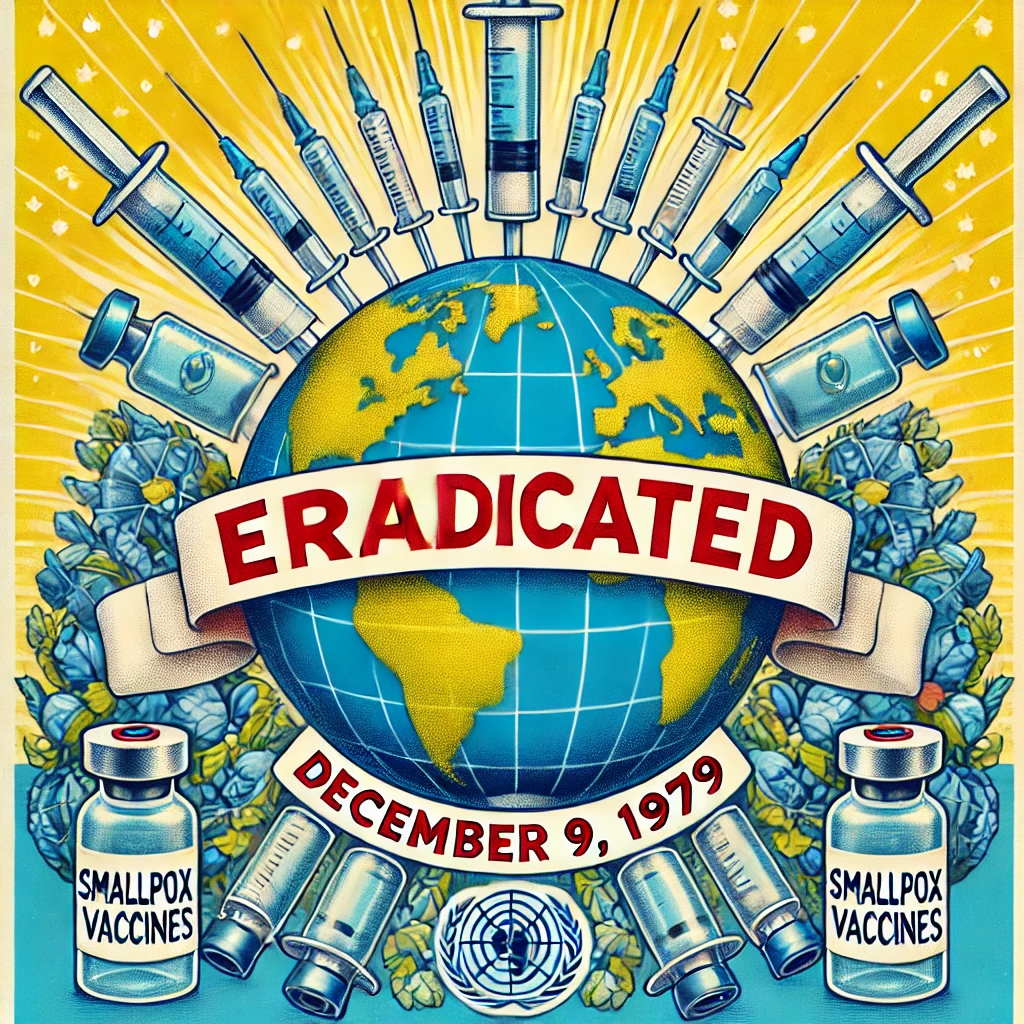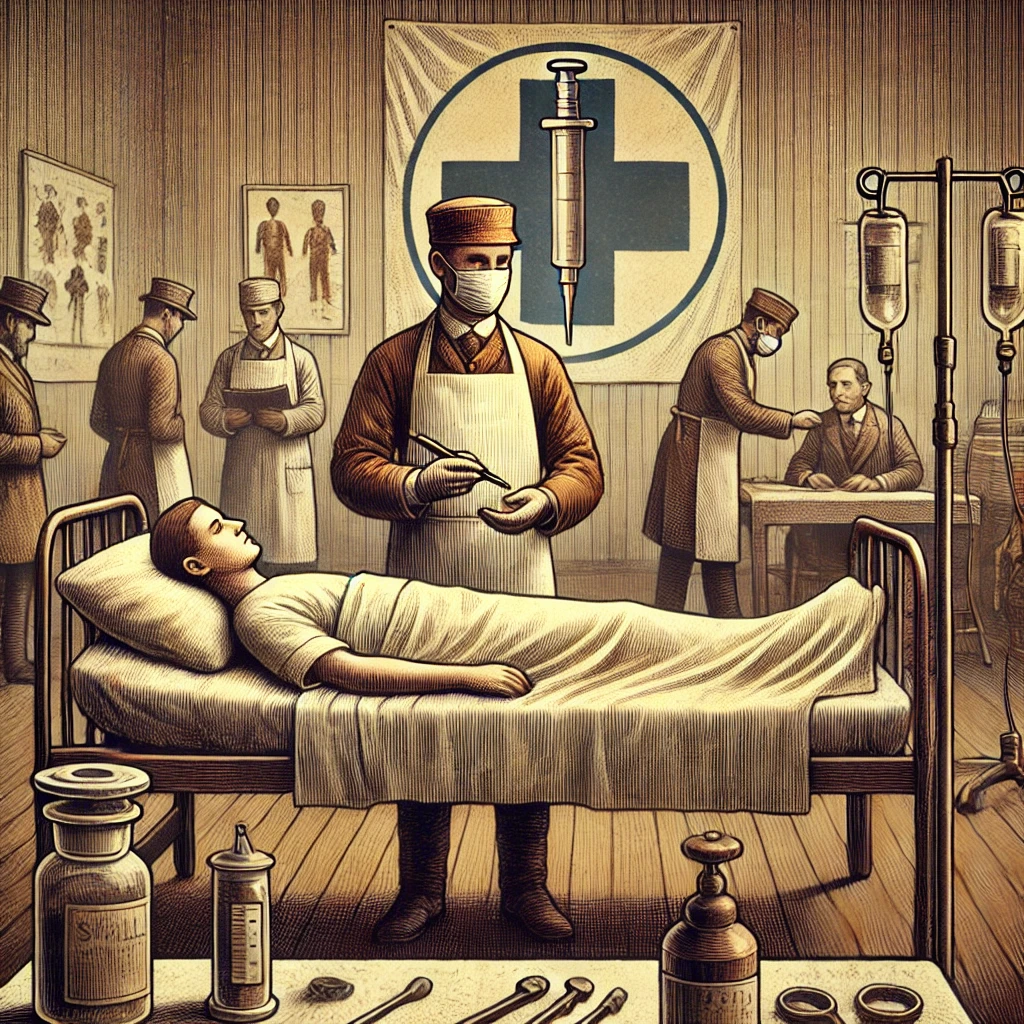On December 9, 1979, a historic milestone in global health was achieved when the World Health Organization (WHO) declared smallpox eradicated. This momentous announcement marked the culmination of a worldwide effort spanning over a decade, making smallpox the first disease to be eliminated through coordinated human action. It was a day that symbolized the power of science, international collaboration, and the unwavering determination of countless individuals.

The History of Smallpox: A Deadly Foe
Smallpox had plagued humanity for centuries, leaving a devastating mark on societies across the globe. The disease, caused by the variola virus, was characterized by high fever, painful pustules, and a high fatality rate. Its impact was far-reaching, claiming millions of lives and altering the course of civilizations. Variolation, an early form of inoculation practiced in Asia and Africa, offered some protection, but the turning point came in 1796 with Edward Jenner’s development of the smallpox vaccine. Jenner’s discovery laid the foundation for modern immunology, providing a critical tool in the fight against this deadly disease.
Despite the vaccine’s existence, smallpox outbreaks continued well into the 20th century, particularly in low-resource regions. By the mid-1900s, smallpox was killing 2 million people annually, highlighting the urgent need for a global eradication effort.

A Coordinated Global Effort
The global smallpox eradication campaign officially began in 1967, spearheaded by the WHO. The strategy focused on mass vaccination campaigns in endemic regions and a novel approach called “ring vaccination.” This targeted strategy involved identifying and vaccinating all contacts of confirmed cases to prevent the virus from spreading further. Dedicated teams of health workers traveled to remote and often hostile areas to ensure even the most isolated populations received protection.
The campaign faced immense challenges, from logistical hurdles to cultural resistance. However, the determination of health workers, combined with significant financial and political support, proved instrumental in overcoming these obstacles. By 1977, the last known naturally occurring case of smallpox was recorded in Somalia, signaling the end of the disease’s natural transmission.
The Lasting Impact of Eradication

The declaration of smallpox eradication on December 9, 1979, was more than a triumph over a single disease—it was a testament to what humanity can achieve through unity and scientific innovation. This landmark achievement has saved millions of lives and has provided a blueprint for combating other infectious diseases. The financial savings alone have been staggering, with an estimated $1.35 billion saved annually in vaccination and treatment costs.
Moreover, the smallpox eradication campaign laid the groundwork for current global health initiatives, such as the fight against polio and measles. It underscored the importance of surveillance, rapid response, and community engagement in addressing public health crises. The lessons learned continue to inform strategies to combat emerging diseases like COVID-19 and monkeypox.
As we reflect on December 9, 1979, we are reminded of the profound impact of collective action. The eradication of smallpox stands as a beacon of hope and an enduring example of what can be achieved when nations work together to prioritize the health and well-being of humanity.
